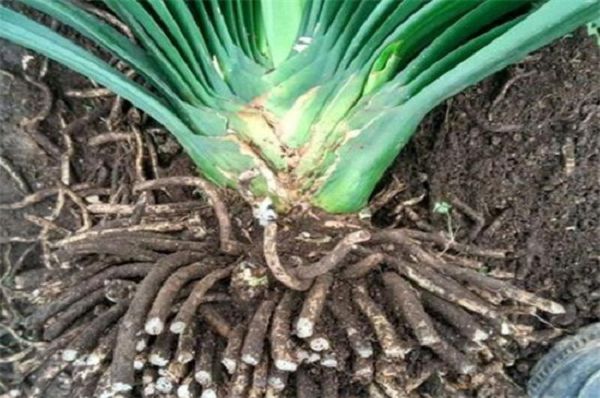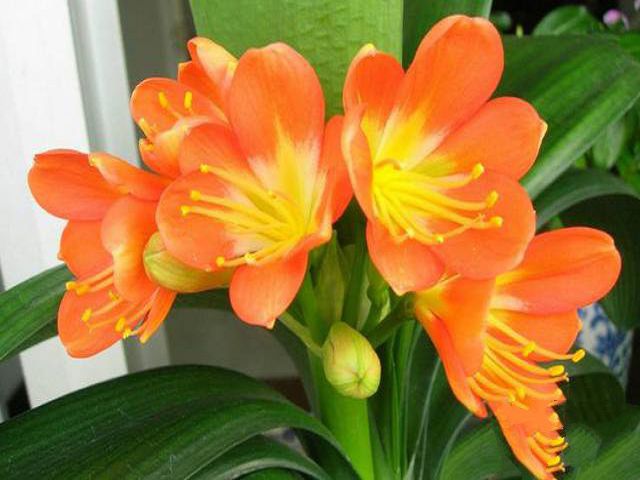What about the rotten roots and yellow leaves of the gentleman orchid?
There are many reasons for the rotten roots of Cymbidium, mainly as follows:
The main results are as follows: (1) there are bacteria infecting the root system in the soil.
(2) the temperature is high and the water is large. In order to raise the soil temperature of the orchid pot, some people put the flowerpot directly near the radiator or hot stove, so that the flowers are scalded because of the high temperature; on the other hand, if the air is dry, watering too often, coupled with poor ventilation, the meat root will soon suffocate to death.
(3) hypertrophy. Because the amount of fertilizer is too large or the liquid fertilizer is too thick, it destroys the balance of water and various nutrient elements between the root and the soil, and makes the root lose water too much.
(4) using porcelain pots and plastic pots to raise magnolia, the permeability is too poor, resulting in rotting roots.
If the rotten root is caused by carelessness, the rescue method is to knock the plant out of the basin, remove the soil, cut off the rotten root, rinse the root with potassium permanganate solution, and then put it in the sun for about 10 minutes. If only a few roots are rotten, they can be directly planted in the sterilized nutritious soil, and the moisture can be controlled in about two months. If the fleshy root has rotted more than half, it can be planted in fine sand to urge the root. If the fleshy root has all rotted, all the rotten roots can be cut off, washed and planted in fine sand. After two or three months, new roots can be born.
There are many reasons why the leaves of Cymbidium turn yellow, mainly as follows:
(1) with the increase of flowering age, the most basal old leaves turn yellow and fall off, which is a normal metabolism, not to worry about.
(2) rotting roots caused by various reasons will turn all leaves yellow, which is the most common situation.
(3) the strong sunlight in summer can burn the leaves and cause sunburn, and in severe cases, the leaves can be zoomed.
(4) external stimulation, such as water scalding, fire roasting, cold air blowing, acid-alkali damage can also cause leaf yellowing.
(5) if it starts yellowing from the false bulb, it is mostly caused by insect pests.
(6) nitrogen deficiency can also cause leaves to turn yellow, that is, "chlorosis". If the nitrogen fertilizer is insufficient, the chlorophyll will decrease, and all the leaves will turn light green or yellow.
When it is found that the leaves of Cymbidium turn yellow, it is necessary to make a specific analysis, identify the cause and prescribe the right medicine.
Related
- Is the orchid suitable for indoor use? Is it good for the body?
- How to prevent the empty root of orchids?
- What to do after the crab claw orchid is withered?
- Why are the leaves of orchids always yellow? Fertilizing and watering.
- Can the root of the gentleman orchid be saved if it is rotten?
- Diagnosis and treatment of cotton-blowing beetle insects in Cymbidium
- There is a way for a gentleman's orchid to rot.
- What is the most suitable temperature and humidity for the orchid?
- How to raise a gentleman's orchid? Cultivation techniques of Cymbidium
- How to prepare the nutritive soil for the cultivation of Cymbidium



